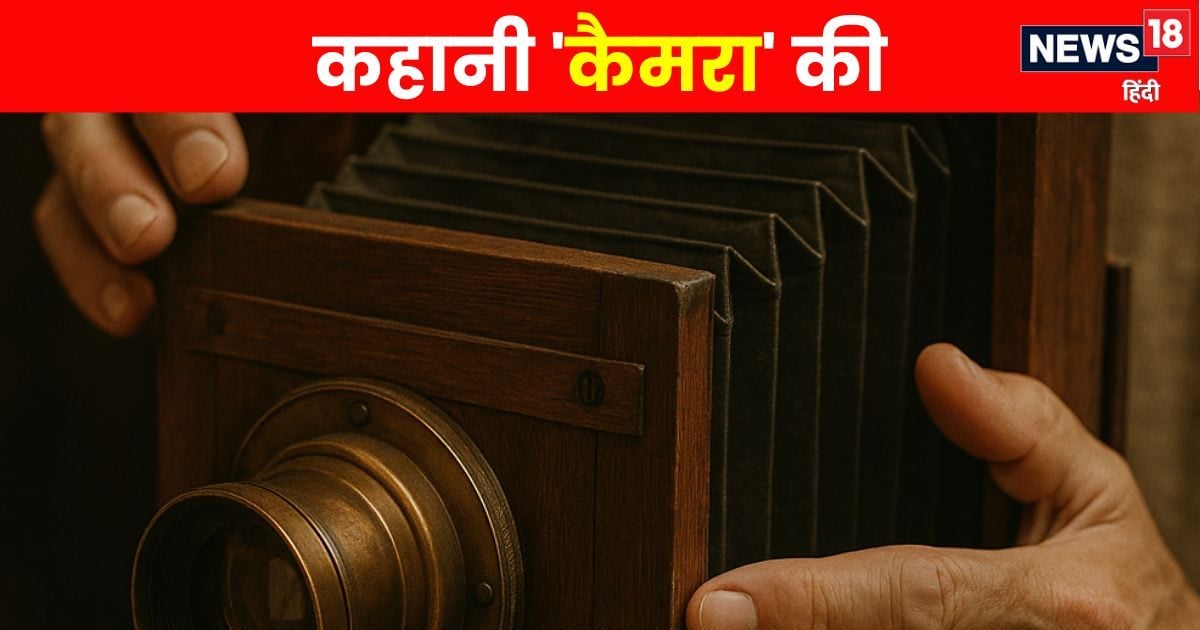National camera day: 29 June The date is common, but the meaning is very deep. This is the day when a quiet -looking machine like camera is saluted. The camera, which not just takes photos, catches the beats behind the moment. Smiles, tears, farewell, victory, celebrations and rebellion… holds every feeling in its most true form. ‘National Camera Day’ is not a technical celebration, it is the date of countless stories that someone saw, captured and handed over to us.
What did the camera not see!
Many times pictures are said as big things, which cannot even say a thousand speech. Gandhiji’s
Salt satyagrahaNetaji’s parade,
Jallianwala Bagh Silent screams,
Indira Gandhi After the murder of the afternoon, the picture from Kargil’s front, which had a picture of the mother in the pocket of the army… It was not all from the pen of a reporter, the first came with a camera click. The camera assures that what did not appear through the eye was also true.
However, the journey of the camera is not new. Its roots are very deep. From the 11th -century ‘camera Aubscondi’ to today’s 200 -megapixel mobile cameras, this technology has been constantly connecting with human sensations. Daguerotype came in the middle, film roll camera came, then DSLR in the digital age and now Mirrorless and AI cameras. But the heart of the camera is still the same today, an honest attempt to catch the truth.
The camera is shown in Aubskura Siddhant, James Escoff’s book A Short Account of the Eye and Nature of Vision.
Camera History: A Timeline
1021 AD – IBN al-Haytham presented the principle of ‘Camera Obscura’. It used to project the reverse picture out of a dark room by making a small hole in a dark room.
1816 AD – Joseph Nicefor Neps made a permanent photo for the first time with the help of Camera Aubskura. This photo was made on paper but could not last long.
1826 AD – Neeps took the first permanent picture from ‘Heliography’ technology, which is considered the oldest photo of today.
1839 AD – Louis Dagre developed the camera ‘Dogreotype’. It was the first camera to be commercially used.
1841 AD – Henry Fox Telbot developed the ‘Calotype’ process to make many prints from negative.
1888 AD – George Eastman launched the first Kodak camera market. Its slogan was: ‘You press the button, we do the rest.’ In this, the role film used to be used.
1900 AD – Kodak Brownie launched. It was a cheap and portable camera, so that photography reached the common people.
1925 AD – German company Leica introduced the first 35mm film camera. It was a compact and high-quality camera.
1948 AD – A poleroid camera came from which the photo used to come out in minutes.
1975 AD – Kodak’s engineer Steven Sasson created the first digital camera. Its resolution was 0.01 megapixels.
1990s – Digital cameras started becoming common. Photo started getting saved with floppy disk and memory card.
2000s -The first camera phone (Sharp J-Sh04) came to Japan.
2010S – The smartphone camera competed with DSLR. AI, night mode, and multi-lens technology revolutionized photography.
Pictures changed society and country
The camera in India has also recorded the truth, not just beauty. Andhra flood victims or
Rajasthan Thirsty children in the desert… Photo also reached there where power and system did not reach. Many times a photo of the court changes the order, sometimes there is no report on malnutrition, the photo affects.
Photographers are often behind the scenes, but their pictures stand in the front queue of history. They go to the shadow of death, cross the border, enter the fire of riots, so that we can know the reality by looking at a picture of our newspaper.
The responsibility of handling the camera
Today the camera is not limited to just professionals. There is a camera in every pocket, social media in every hand. Now no moment is left. But the question is, do we understand the strength of the camera? Do we recognize that every click is a responsibility?
National Camera Day is the day of this consciousness. This is the day of unseen heroes who do not make noise, do not flash, but their eyes catch the truth that often hides behind words. So today, when you take a photo, wait for a moment. Think… This photo can become someone’s voice tomorrow. Because the camera does not just take the picture, it becomes the tongue of time.












